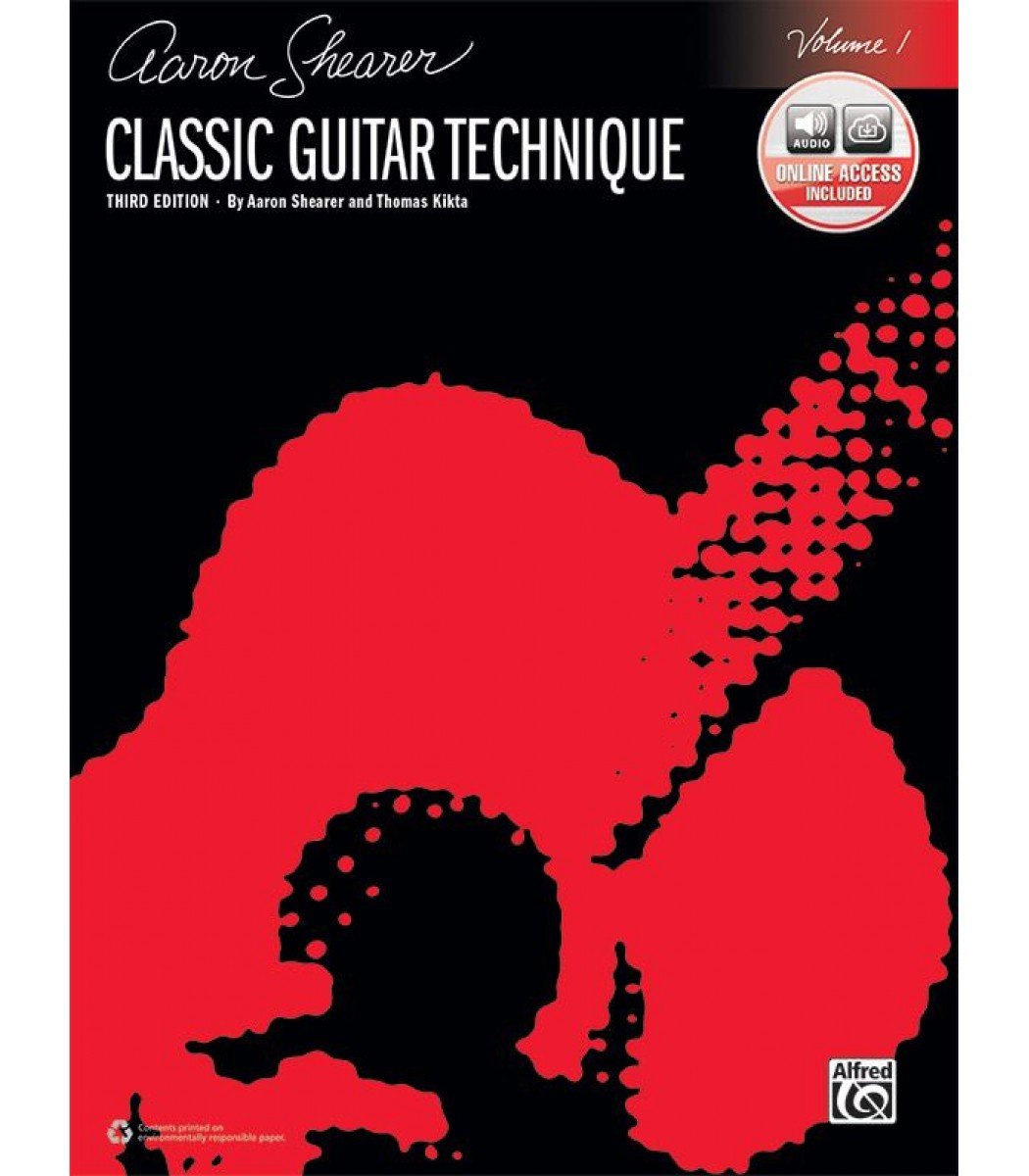A Note For New Players…
tips on How To Give Yourself the Best Start
CHOOSING AN INSTRUMENT
Selecting your first or next instrument is an exciting journey, but there are several important factors to consider:
The type of guitar you choose—whether it’s a steel-string, nylon-string, or electric guitar—will significantly influence the sounds it produces and the way you hold it while playing. Each type of guitar has its unique tonal qualities and playing techniques, so it’s beneficial to try out a few different styles to see which resonates with you the most. Pay attention to what feels comfortable and inspiring, and consider the musical genres that motivate you—whether it’s contemporary, classical, folk, or another style. Aligning your instrument choice with your musical vision can enhance your playing experience.
Another crucial aspect is the guitar’s body size and scale length. Ensure that the instrument feels appropriate for your body size; a comfortable fit is essential for effective playing and enjoyment. An instrument that feels good in your hands will make a significant difference in your learning journey.
Not all new instruments are created equal. It’s wise to invest in a guitar with a solid reputation within your budget. Some affordable favorites include Canadian-made brands like Art & Lutherie and Simon & Patrick, as well as the Taylor Academy Series and GS Mini. A quality instrument will stay in tune more easily, be more comfortable to play, and retain its value, making it a worthwhile investment should you decide to upgrade in the future.
For beginners, having a steel string guitar set up with fairly low action—specifically 5/64ths of an inch on the treble side and 6/64ths of an inch on the bass side (measured at the 12th fret)—is essential for an easeful playing experience. This setup minimizes the effort required to press down the strings, making it more enjoyable for new players. At Haliburton Guitar Studio, Nick provides professional setup services, drawing on his background in guitar making to ensure your instrument is optimized for comfort and playability.
PRACTICE
The time you dedicate to practice can vary based on your daily schedule; however, consistent daily practice is highly beneficial. Even short, focused sessions can lead to significant improvements over time.
Establishing a structured routine can help maximize your practice effectiveness. Consider starting with scales or rudiments to warm up and gradually transitioning to repertoire—songs you’ve learned. This balanced approach allows you to engage with different aspects of your musical development.
Remember, it’s normal to experience frustration during your learning process. If things don’t sound perfect right away, don’t be discouraged. Persistence is key; with time and practice, you’ll find that playing becomes more natural, enjoyable, and fulfilling.
METHOD BOOKS
Method books are invaluable tools designed to build your skills and musicianship—provided you engage with them actively. There are hundreds of method books available, suitable for musicians of all levels. Whether you’re a beginner or looking to refine your technique, finding a method book that aligns with your goals can significantly enhance your learning experience.
Below are some of the Nick’s favourite method books and they are for sale locally at Master’s Book Store in Haliburton.
WORK WITH A TEACHER
Working with a music teacher who is a good fit for you is crucial for your growth and enjoyment as a musician. A skilled instructor serves not only as a coach but also as a mentor, guiding you away from bad practice habits and helping you reconnect with your passion for music. They should challenge you to stretch beyond your current abilities, encouraging you to reach new heights while fostering a supportive learning environment.
However, it's important to remember that not every teacher will resonate with every student. Finding the right match involves more than just expertise; it’s essential that you enjoy the teacher’s company and feel a genuine connection to what they are sharing. To determine the best fit for your learning style, consider taking sample lessons from a few different instructors. This approach allows you to experience various teaching methods and perspectives, helping you identify the instructor whose body of work and approach aligns best with your musical goals and personal preferences.





